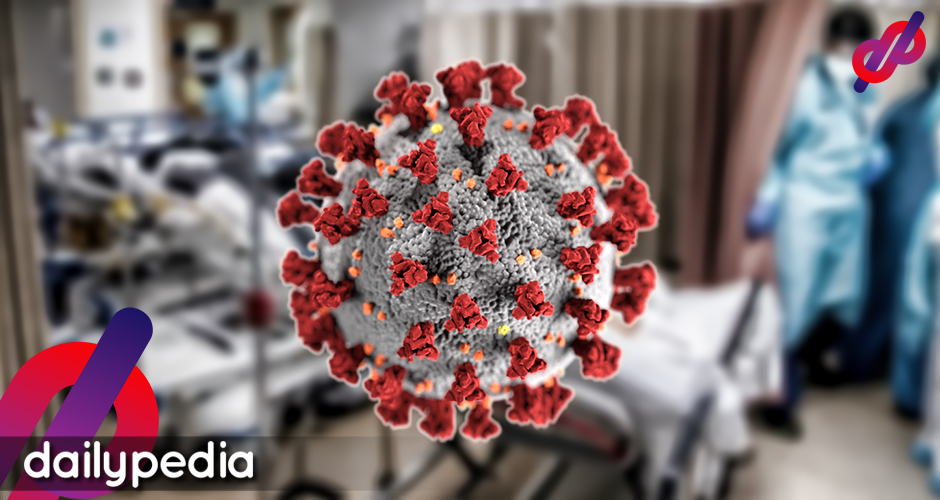It seems the Duterte administration cannot do anything right—or, at least, do it consistently—as a frontliner just threw the government’s COVID-19 response under the bus.
Facebook user Deanne Cuevas’s post has been making rounds on social media—and it’s not for the reasons the IATF would want it to do so.

The first line says it all: “When the government tells you that everything is under control, NEVER believe it.” As a frontline respondent to the pandemic, one of her jobs is to try and find a hospital that can accommodate patients that have either exhibited symptoms of or have tested positive for COVID-19.
Her post was a tell-tale sign that the government wasn’t doing its job to control the spread of COVID-19 in the hardest-hit areas—resorting instead to positive scripting and passing the hard work onto the people.
https://www.facebook.com/1231468373/posts/10224408982472081/
Lack of hospital beds for COVID patients
“I coordinated a patient for 5 hours, calling hospitals across Laguna, Batangas, and Quezon. He was not accepted and opted to go home.” This statement shows how hospitals outside of Metro Manila no longer have beds to accommodate possible COVID-19 patients.
She has also been at the receiving end of patient transfers: “I received inquiries for transfer more than 15 times in a span of 8 hours. I received a patient with 1-week history of intermittent fever that progressed to dyspnea. He has been looking for a hospital for 2 days.”
The Department of Health, the lead agency for the country’s COVID-19 response, has been adjusting the bed capacity it requires from hospitals within Metro Manila. That’s all well and good—but the people with COVID-19 who can go around do not exactly live in the big city. They live in neighboring provinces like Laguna, Batangas, and Quezon.
LGUs have been working double-time to try and provide isolation and treatment areas in these provinces, but the sheer number of positive cases has become too much to bear.
Zero contact tracing for probable cases
The WHO requires governments around the globe to implement their three Ts to control COVID-19: Test, Trace, and Treat. Cuevas has seen LGUs and the national government promoting testing and treatment, but tracking down possible carriers has been lackluster—if not nonexistent—at the national level.
“Another patient was COVID positive—he reported it to the BHERT… He brought his symptomatic mom and sister to the hospital, swab was done. Both are positive. No contact tracing was done.”
This is startling as most of the documented COVID-19 cases have been between people who either live or work in the same place.
She goes on to say that one family who was exposed to a confirmed COVID case started to show symptoms but “opted to go to the province even if they reside in Makati. Checkpoints were there but no screening was done.”
A stark warning to all
The post, which has been shared nearly 5,000 times as of this writing, ends with a warning that has been repeated both by health experts and the government: Don’t go out.
“If you really have to go out, think that every person you meet is infected. We’ve seen confirmed patients roaming around.”
The IATF has not yet responded to this and other claims of its lackluster COVID-19 response to date, though the lack of contact tracing looks to be addressed.
With the approval of Bayanihan 2, the Department of Interior and Local Government looks to receive P5 billion in funds to add at least 50,000 more contact tracers to its ranks starting September, bringing their total to 135,000. Whether this solves the problem of not being able to track the spread of COVID-19 is another story.


